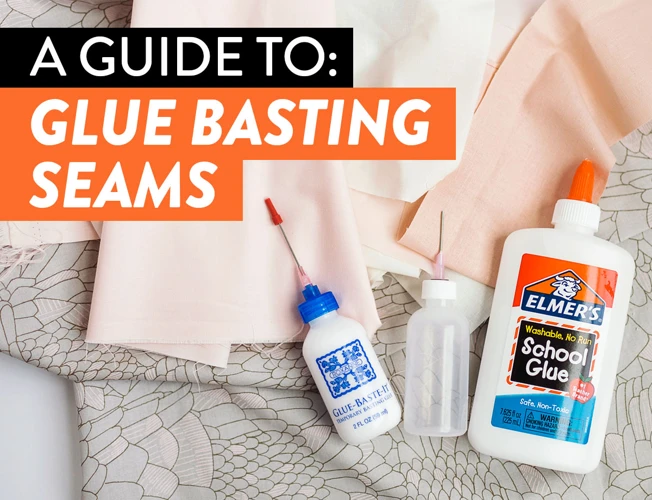Laptops are essential tools for work and leisure, but over time, parts like rubber feet can wear out or come loose. These small components are crucial for stability and proper ventilation. Knowing how to fix laptop rubber feet is a valuable skill that can save you time and money. This guide will walk you through the steps of reattaching or even creating new rubber feet for your laptop.
Materials Needed for Reattaching Laptop Rubber Feet
Gathering the right materials is the first step in the repair process. You’ll need a reliable laptop repair glue or an appropriate adhesive, along with a few other items to ensure a successful fix.
Laptop Repair Glue Options
Choosing the right glue for laptop rubber feet is crucial. You’ll want an adhesive that is strong, durable, and suited for rubber and plastic materials. Cyanoacrylate glues or epoxy resins are often recommended for their strong bond and resistance to temperature changes.
Sugru Alternative for Rubber Feet
If you’re looking for a sugru alternative, consider using a moldable silicone putty. This material can be shaped to form new feet and adheres well once cured. It’s a versatile option that doubles as a repair agent and a custom feet creator.
How to Fix Laptop Rubber Feet
Repairing your laptop’s rubber feet involves a few precise steps to ensure a lasting fix. Here’s how to get started.
Cleaning and Preparing the Surface
- Turn off your laptop and flip it over.
- Clean the area where the foot will be attached using isopropyl alcohol to remove any dirt and oils.
- Let it dry completely before proceeding.
Applying Glue for Laptop Rubber Feet
Apply a small amount of laptop rubber feet adhesive onto the cleaned surface or the foot itself. Carefully place the foot in position, applying gentle pressure for a few minutes to allow the glue to set. Avoid using too much adhesive to prevent any messy overflow.
How to Glue Rubber Feet on a Laptop
Gluing rubber feet back onto your laptop requires precision and the right product. Here’s a closer look at the process.
Using Silicone Adhesive as Laptop Rubber Feet Glue
Silicone adhesive is a great choice for attaching rubber feet. It’s flexible, heat-resistant, and provides a strong bond. Apply a thin layer to the base of the foot or the laptop’s underside, then press the foot into place, holding it for the time recommended by the adhesive’s manufacturer.
Securing the Feet with Laptop Rubber Feet Adhesive
Once the silicone adhesive is applied, ensure the laptop is positioned flat to keep the feet level while they cure. This step is critical to maintaining the laptop’s stability once you start using it again.
Alternative Methods: Hot Glue and Moldable Glue
If you’re out of the recommended adhesives, hot glue can be a temporary solution. However, it’s less durable. Moldable glue, similar to the sugru alternative, can also be used, offering the advantage of custom shaping and a firm hold once set.
How to Make Rubber Feet for Laptop
If you’re unable to reattach the original feet or if they’re too damaged, you might need to create new ones. Here’s a simple method.
DIY Laptop Rubber Feet Creation
Using moldable silicone putty, shape small portions into the size and height required for your laptop model. Press these onto parchment paper and flatten the bottom to ensure a stable base. Allow them to cure as directed before attaching them to your laptop using the methods described earlier.
Troubleshooting Common Issues
Even with the right approach, you might encounter some challenges. Here’s what you can do if problems arise.
What to Do if Rubber Feet Won’t Stick
If the feet refuse to adhere, check that the surface is clean and free of oils or old adhesive. Reapply a fresh layer of laptop rubber feet glue and ensure you’re using the correct type. Sometimes, simply giving the adhesive more time to set can resolve the issue.
Final Tips and Tricks for Gluing Laptop Rubber Feet
For a successful repair, make sure the laptop is on a flat surface during the curing process. Use only as much adhesive as needed, and give it ample time to dry. If you’re making new feet, consider the laptop’s weight and the required height to prevent overheating.
FAQs on Gluing Laptop Rubber Feet
Have questions? Here are some quick answers to common queries regarding laptop rubber feet repairs.
If you’re in the midst of a DIY repair and need to know how to glue various materials back together, you’ve come to the right place. For instance, if you’re dealing with furniture repairs, check out our guide on how to glue chair legs. Those tackling marine maintenance might find our article on how to glue boat carpet particularly useful. And for the beauty enthusiasts, our tips on how to glue nails could be just what you need. Plus, if you’re looking to fix your laptop’s rubber feet, stay tuned for our upcoming article on “How To Glue Laptop Rubber Feet,” where we’ll cover all the steps to ensure a secure and lasting bond.
Conclusion
Repairing or creating new rubber feet for your laptop doesn’t have to be daunting. With the right materials and a bit of patience, you can extend the life of your device and ensure it remains stable and well-ventilated. Remember to choose the appropriate adhesive and follow the steps carefully for the best results.

